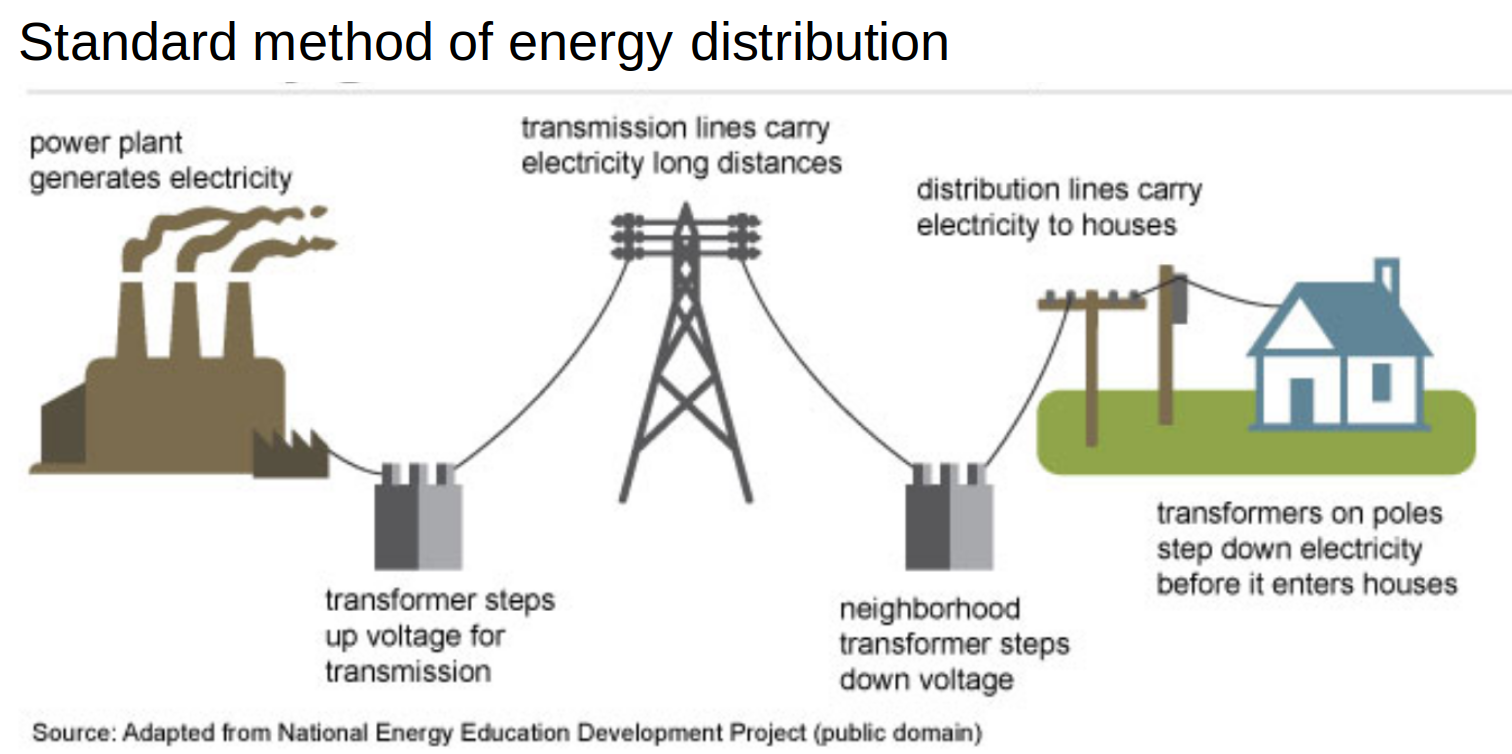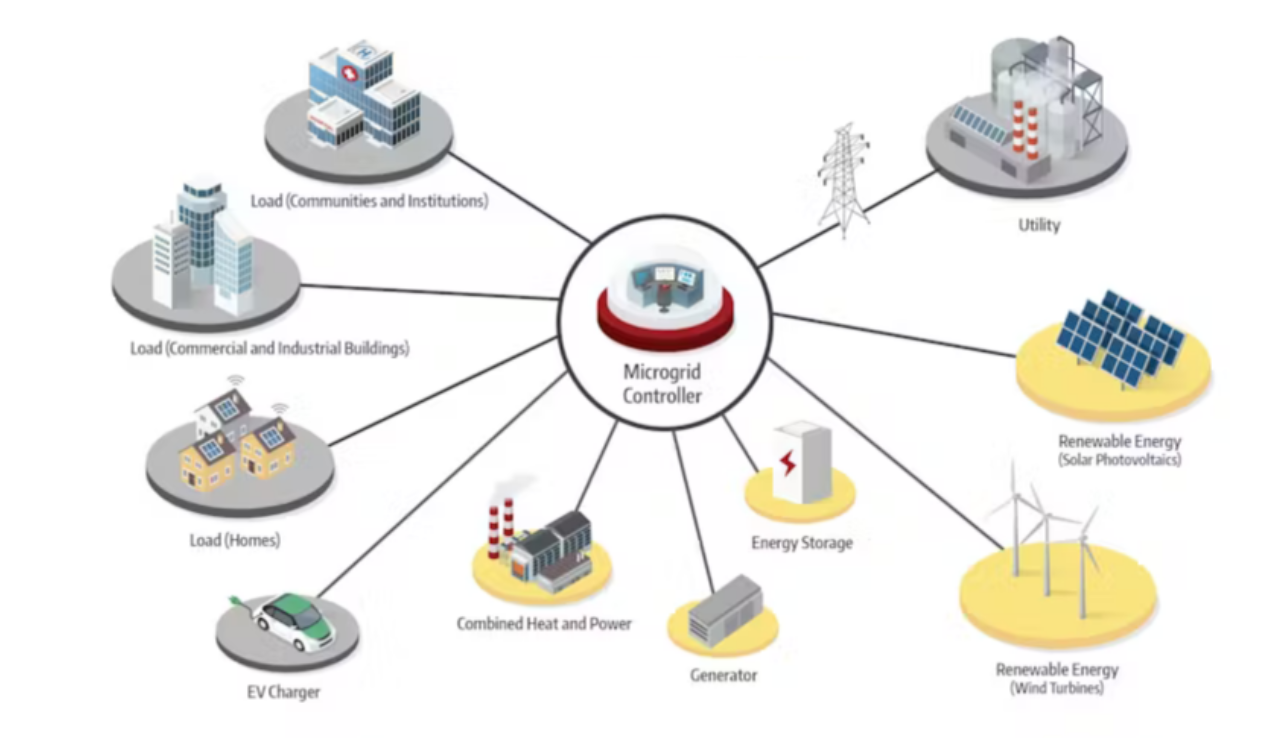Anyone looking into renewable energy sources these days will probably encounter the concept of a "microgrid."
That's because microgrids are increasingly viewed as the solution to a number of pressing energy concerns:
Making the distribution of electrical power more reliable
Lowering energy costs
Halting climate change
How microgrids are officially defined
The Department of Energy's official definition of the concept runs as follows:
A microgrid is a group of interconnected loads and distributed energy resources within clearly defined electrical boundaries that acts as a single controllable entity with respect to the grid. A microgrid can also connect and disconnect from the grid to enable it to operate in both grid-connected or island-mode.
Unfortunately, like most "official definitions," this one isn't likely to be very illuminating unless you already know quite a bit about the subject.

So let's take a less jargon-laden and hopefully more intuitive look at the three features that define a microgrid.
1. A microgrid must be local
First and foremost, a microgrid has to be local, meaning that all the households it's generating energy for have to be nearby.
That's in sharp contrast to the standard way power has been distributed ever since Thomas Edison opened the first plant in Lower Manhattan 140 years ago—over great distances, from enormous power plants, through very long transmission and distribution lines.

One problem with the old centralized method of power distribution is that energy dissipates as it travels across transmission lines. The longer the distance it has to travel, the more energy you lose.
According to a study by the U.S. Energy Information Administration (EIA), "annual electricity transmission and distribution (T&D) losses averaged about 5% of the electricity transmitted and distributed in the United States in 2017 through 2021."
Because microgrids are local, the electricity they generate only travels very short distances, which effectively brings transmission and distribution losses to zero.
2. A microgrid must be independent
The second criterion an energy distribution network has to satisfy in order to count as a microgrid is that it must be able to operate independently of the central power grid.
The ability to disconnect from the central grid and continue to generate power means that microgrids will keep supplying energy even when a storm or some other type of problem causes the central grid to go down.
3. A microgrid must be intelligent
Lastly, in order to count as a microgrid, an energy distribution network also has to contain a device called a "microgrid controller."
Microgrid Controllers monitor system performance and respond intelligently to meet customer goals such as:
Getting energy at the lowest possible price
Generating the cleanest possible energy
Getting the most reliable electrical service

An example of intelligence
To consider an example, microgrid controllers can keep track of the fluctuations in energy prices in real-time.
So, if rates go down and buying energy from a utility company becomes inexpensive enough, a controller programmed to deliver the lowest possible price may start doing just that and diverting the power generated by its microgrid to a storage battery instead.
A rapidly growing market
Microgrids have been around for decades. But for most of their history, they were rarely seen outside of college campuses or military bases.
That's changing, thanks to rising energy prices, increasingly frequent and longer power outages, worries about cyberattacks, and a host of other recently emerging energy concerns.
The energy research firm, Navigant estimates that global microgrid capacity—which stood at only 3,480.5 MW in 2019—will reach 19,888.8 MW by 2028.